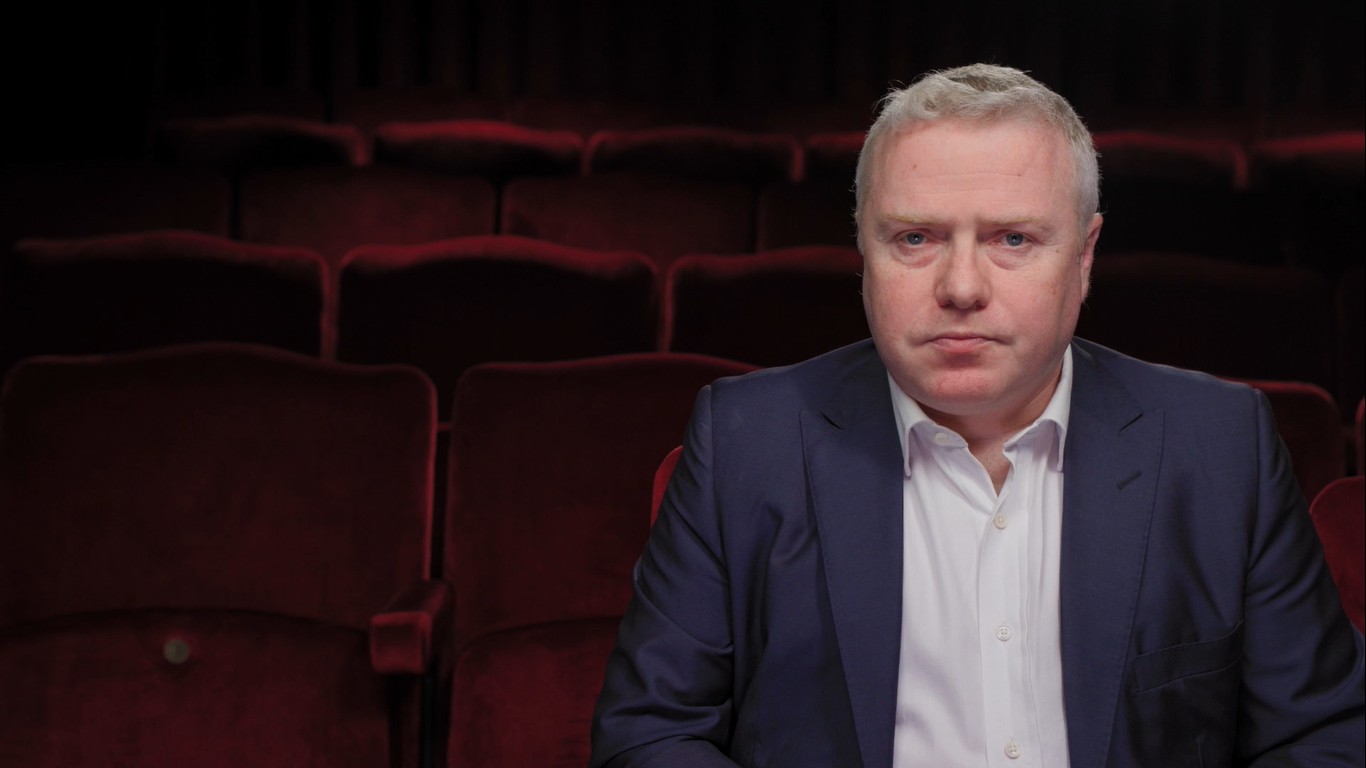
Front Office Functions in Asset Management

Trevor Pugh
20 years: Trading & hedge funds
In the first video of this two-part series, Trevor covers the teams and functions across the whole asset management firm. In this video, he will look at the front office functions.
In the first video of this two-part series, Trevor covers the teams and functions across the whole asset management firm. In this video, he will look at the front office functions.

Front Office Functions in Asset Management
8 mins 48 secs
Key learning objectives:
Outline how front office at an asset management firm is divided up
Understand how each side of the front office functions
Overview:
Just like most other large financial firms, asset managers split functions into front, middle and back offices. The front office relates to the part of the asset management firm that is in close proximity to clients. It is split into manufacturing, who are responsible for investing investors money, and the distribution side, which deals with existing and potential clients, selling the asset management company’s capabilities. Each of these sections have different teams with different responsibilities.
How is the front office divided?
The front office is divided into manufacturing and distribution. Manufacturing is the ‘engine’ of the company. It is where the PM’s and the support staff put their views into action. There are four steps involved; research and analysis, model portfolio construction, order management and compliance, and execution.
Distribution is the side of the business that makes existing and potential investors aware of what is available at the company, this involves using various sales teams.
How does the manufacturing process work?
Research and analysis:
This is where ideas are formed. The first part of any analysis involves a fundamental understanding of top-down drivers (macroeconomic and geopolitical developments) alongside a bottom-up analysis of individual stocks, bonds, commodities etc. Alongside the fundamental analysis, it is essential to be aware of the technical factors in the market (market positioning, sentiment ec). Research can be quantitative or qualitative.
Model portfolio construction:
Once views and ideas are established, building a portfolio is next. It combines the outlook from the research and analysis with the client or fund’s risk return characteristics and guideline restrictions. The investment team decides the allocation of underlying assets given market conditions.
Order management and compliance:
This step prepares the necessary trades required to ensure the model portfolio is achieved, such as selling existing holdings, buying new holdings or taking certain currency positions.
Execution:
Once the trading desk has received the order from the order management system it will execute the trade in line with best execution practices. The trading desk executes the positions across an appropriate number of counterparties to ensure that price, liquidity and timing are optimised.
How does distribution work?
For the asset management company to make investors aware of the services and products it provides it needs sales teams. Sales teams are segregated by client type as well as geography.
As well as promoting the products, the teams provide feedback to the manufacturing and business development side of the business as to what products should be the priority going forward.

Trevor Pugh
There are no available Videos from "Trevor Pugh"

